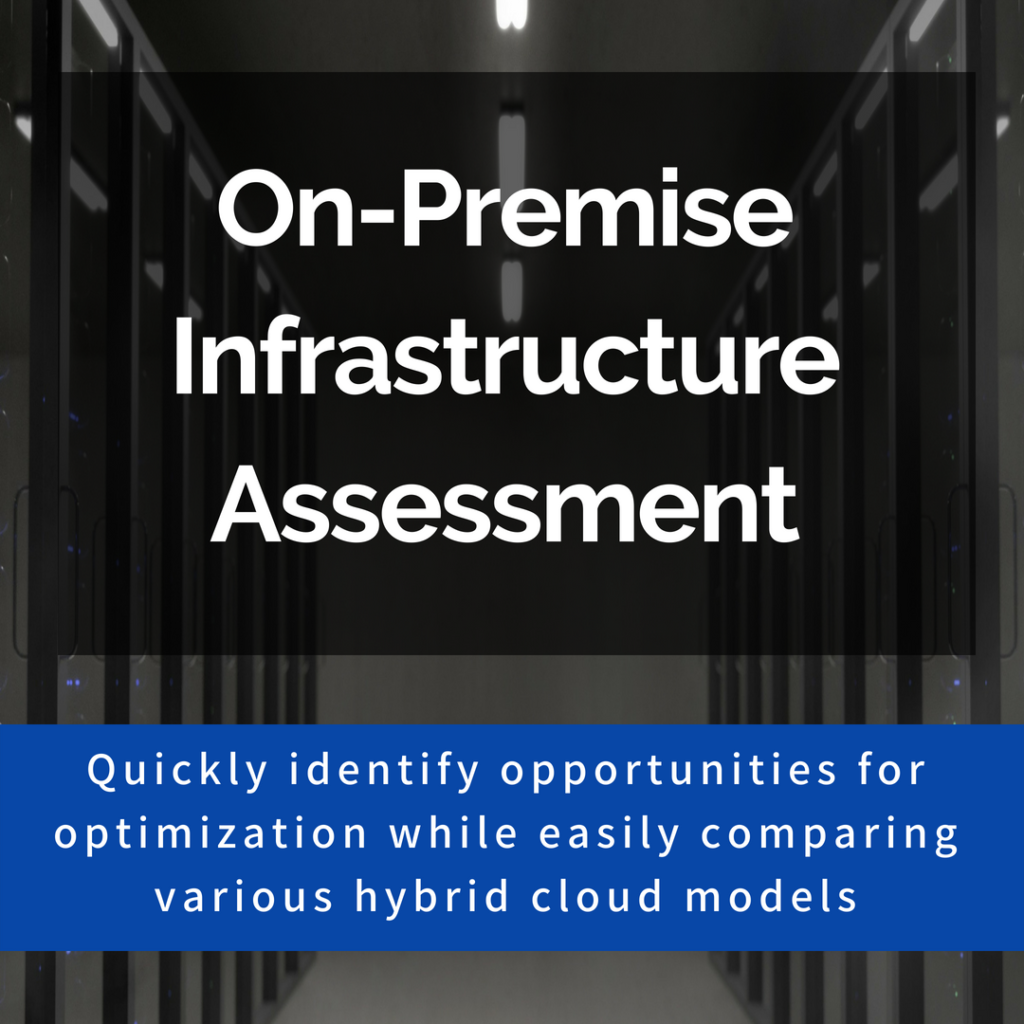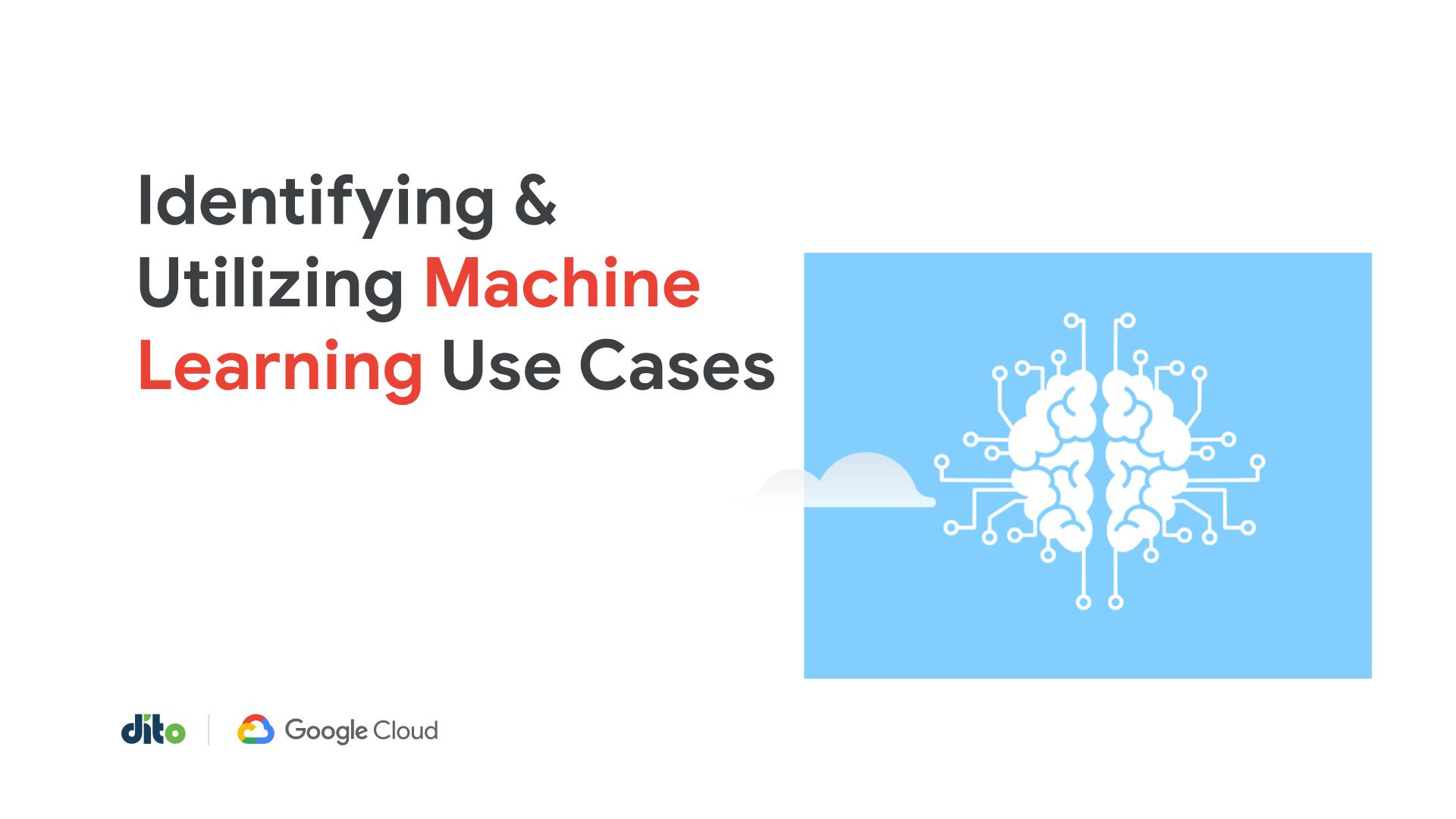Cloud migration always presents a challenge. You have to figure out how you’re going to move data between locations. You have to rework your cost projections and user expectations. The change can be dramatic, but some parts of the process are often overlooked. One of those is moving virtual machines to the cloud. It’s natural to not worry too much about VMs. After all, they’re not particularly attached to hardware as is and you can just move the image of the VM into a cloud server. But the actual process isn’t quite as simple as it sounds.
A TechTarget report explained that administrators can easily run into compatibility and cost issues as cloud workloads function differently than a VM in a traditional server environment. Operating system compatibility is just part of the issue, as you also must consider format capabilities and how usage patterns may change in the cloud, creating unexpected costs.
In practice, a cloud migration isn’t always straightforward for your VMs. There’s a great deal you must consider along the way. Following these five tips can help you get off the ground.
1. Dig Deep on Costs
A Google blog explained that organizations need to go beyond the physical cost of hosting the VM in its server when they try to figure out the total cost of moving to the cloud. Organizations must also consider licensing costs for the server operating system and supporting applications as well as expenses associated with hosting the system (network, power, cooling, etc.). Predicting these costs isn’t always straightforward, but working with service providers who are experienced in moving on premise workloads to the cloud can help organize and budget the associated costs.
2. Design the Cloud Migration
It’s vital that businesses map out how their cloud configuration should look, covering everything from computer and storage to security, identity and management. With this vision in place, compare the new cloud ecosystem to the existing environment and establish a framework for overcoming any hurdles that may arise due to differences between the ecosystems. This can require governance work, operations changes and staff training.
3. Don’t Forget Your Old Hardware
What’s the plan with your legacy systems? Are they defunct, or can you get value from them? TechTarget recommended businesses consider using them as lab environments or to make disaster recovery upgrades. There’s also the opportunity to donate the equipment to charitable organizations. Moving VMs to the cloud can free valuable resources if you get creative in the process.
4. Determine the Migration Architecture
You have a few options when it comes to moving your VMs to the cloud. Google highlighted the lift-and-shift methodology as one fairly easy, popular choice. Basically, you simply shut down the application and copy everything to the cloud. Once it’s moved over, you test the cloud configuration and move to production. There are a few problems of course.
You need a maintenance window with downtime or a secondary instance running. If you do use a secondary instance, you’ll need to update the cloud VMs with any data created or changes made during the migration. Ultimately, this path can be easier for IT, but challenging for the business.
Google also pointed to hybrid migration as an alternative option. In this case, you move chunks of the app at a time, avoiding downtime, but making many small changes to the application and configuration. This can get complicated, but be less disruptive to end users.
5. Get Help
In practice, there’s a lot to think about when planning a cloud migration and plenty of issues that can come up throughout the process. In some cases, specialized tools can help ease the transition. In other cases, it’s simply a matter of being able to have the experience and technical expertise guiding your path forward. Dito offers a virtual assessment of your on-premise or AWS virtual machines to take an inventory of your current infrastructure, evaluate and compare costs of on-premise and public cloud, and uncover opportunities for rightsizing and other optimizations to save cost while migrating workloads to the cloud.










